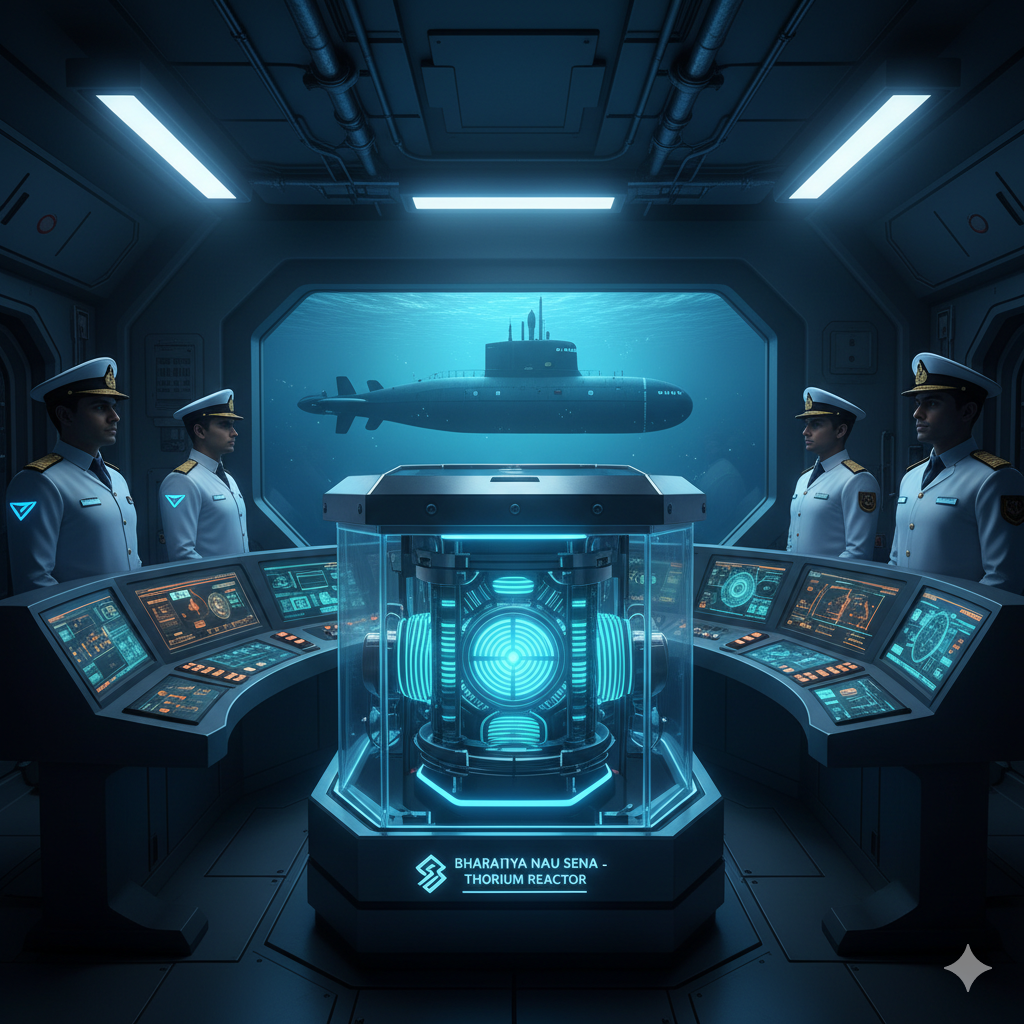Kalpakkam’s Thorium Leap: FBTR Legacy Powers Silent Submarine Propulsion
Deep within the high-security perimeter of the Indira Gandhi Centre for Atomic Research (IGCAR) in Kalpakkam, a quiet revolution unfolded today. Engineers successfully tested a 40 MW compact thorium reactor module—a direct descendant of the Fast Breeder Test Reactor (FBTR), which celebrated its 40th anniversary last week.
This isn’t incremental progress. It’s a strategic leap. The new reactor, codenamed CTRM-40 (Compact Thorium Reactor Module), is designed for Project Varsha’s next-generation SSNs and as a retrofit for Scorpène-class submarines destined for export. With India sitting on 25% of global thorium reserves, this eliminates uranium import dependency by 60%—a cornerstone of Atmanirbhar Bharat.
The MoD’s ₹92,211 crore spending surge has allocated ₹5,000 crore to naval nuclear R&D in FY26. The CTRM-40 offers 90-day submerged endurance with zero acoustic signature, making it ideal for vessels like INS Androth, India’s new anti-submarine warfare (ASW) sentinel in shallow waters.
Unlike uranium reactors, thorium produces less long-lived radioactive waste and is proliferation-resistant. The FBTR’s four decades of data—over 2 million reactor-hours—enabled this breakthrough. Dr. Anil Kakodkar, former AEC chairman, called it “the final piece in India’s three-stage nuclear puzzle.”
For the Navy, this means silent hunters capable of patrolling the Malacca Strait undetected. For exports, it positions India as the only nation offering thorium-powered conventional submarines. The first CTRM-40 will power INS Arighaat’s successor by 2030, with scalability to 100 MW for SSBNs.
As the Indo-Pacific submarine race heats up, Kalpakkam ensures India doesn’t just participate—it leads.



